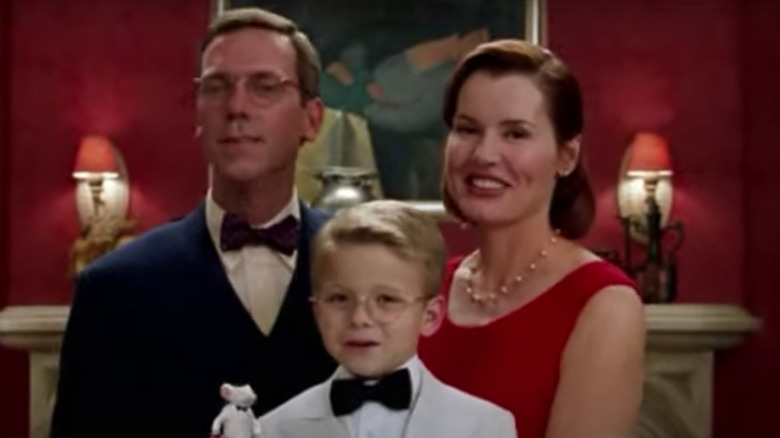

White a 14-page letter detailing her criticisms, and proclaimed she “never was so disappointed in a book in life.” It's believed Moore used her influence to keep the tale off the shelves of the New York Public Library-and libraries around the country. She urged Nordstrom not to publish it, sent E.B. Nordstrom passed along an advance copy to Moore, who did little to hide her loathing for a story that spliced together fact and fantasy in what she believed was a distasteful way that would confuse children and ruin White’s reputation. In 1945, White finally finished a draft of Stuart Little and sent it to Ursula Nordstrom, the director of Harper’s Department of Books for Boys and Girls. Anne Carroll Moore then tried to prevent Stuart Little from being published.Īnne Carroll Moor wielded great influence over the children's literature at the New York Public Library. White told her he had, in fact, already started. Geisel shared the essay with the New York Public Library’s children’s librarian, Anne Carroll Moore, who bombarded White with letters encouraging him to try it. Seuss (Theodor Geisel), and contemplated how fun and easy it would be to write for children. In a November 1938 essay for Harper’s magazine, White mentioned the only current children’s book he really liked was The 500 Hats of Bartholomew Cubbins by Dr. Seuss was sort of involved in encouraging E.B. White said Stuart Little was “the only fictional figure ever to have honored and disturbed sleep.” 4. White got the idea for Stuart Little from a dream.Īround the same time White joined The New Yorker, he dozed off on a train ride and “dreamed of a small character who had the features of a mouse, was nicely dressed, courageous, and questing.” The trumpet-playing swan and the eloquent barn spider from his other books were conscious inventions, though. White’s publisher had already tapped Williams to illustrate Stuart Little before she even received the manuscript-when she did, it came with a note from White saying “Try Garth Williams.” 3. Stuart Little was also the first children’s book illustrated by Garth Williams, a former aspiring New Yorker cartoonist who would later provide the artwork for Charlotte’s Web, Laura Ingalls Wilder’s Little House series, George Selden’s The Cricket in Times Square and its sequels, and several books by Margaret Wise Brown (though not her most famous story, Goodnight Moon). Garth Williams illustrated the original edition of Stuart Little. He’d go on to write Charlotte’s Web and The Trumpet of the Swan, solidifying his reputation as one of America’s greatest 20th-century children’s authors. It wasn’t until 1945 that White published Stuart Little, his first (but not last) novel for young readers. He also teamed up with James Thurber on a satirical collection of essays called Is Sex Necessary? Or, Why You Feel the Way You Do. In the late 1920s, Elwyn Brooks White rose to renown for his work as a writer and editor at The New Yorker.


 0 kommentar(er)
0 kommentar(er)
